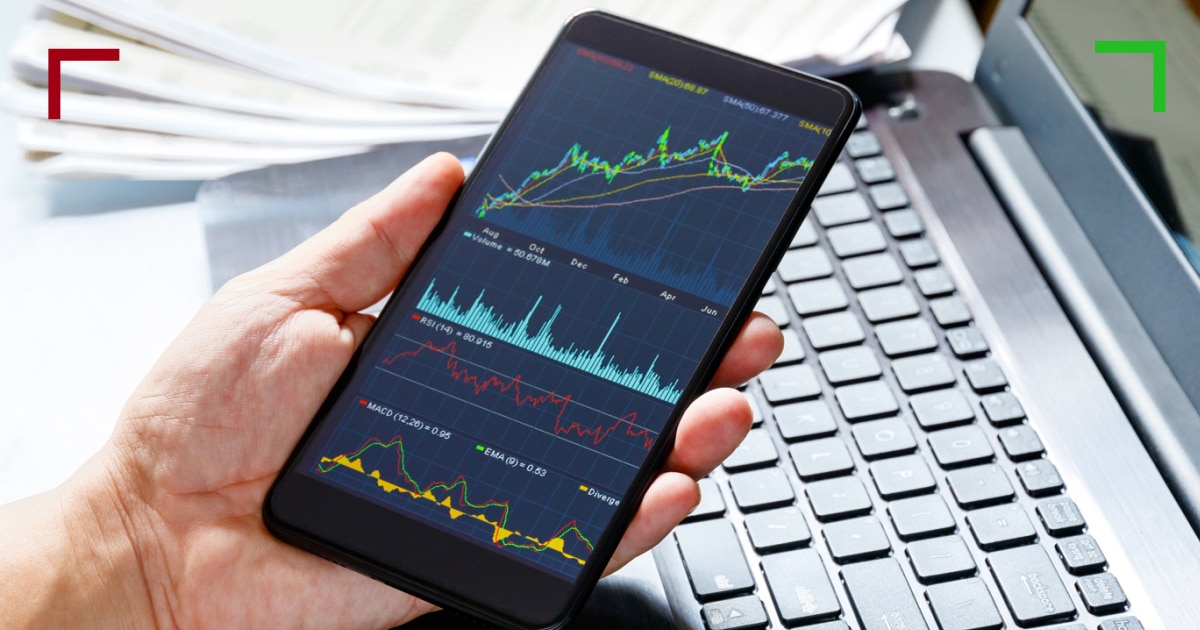Trading Forex: How the Forex Market Works
At the beginning of your trading journey it may be challenging to fully grasp how forex works. What can exacerbate this feeling are unrealistic expectations from trading. That’s why a thorough overview of the processes regulating this sought-after market is a good starting point.
Supply and Demand
As in every transactional industry, supply and demand regulate the foreign currency market. In economics, this concept explains the value and price in a competitive environment. If the quantity demanded is balanced by the supply, or if one or the other is higher. Thus affecting the price of the product or currency. These economic basics are an important first step in understanding the forex market fluctuations.
The foreign exchange market also swings when surplus demand is created. Therefore leading to higher prices. And the impact varies based on the trading volume for every deal. And this continuous fluctuation is the bread and butter of forex traders, who seek opportunities with every wave.

The Forex Market Players
So let’s consider the big and small contributors to the forex market. And how each of those has a particular impact on prices and strategies. Different players are ranked according to their purchasing power.
The biggest and most powerful influencers are national banks, multinational companies, and hedge funds. Their actions greatly sway the market, push the prices in one direction or the other, and often have repercussions on monetary policies.
Middle sized organizations have direct access to the forex interbank, and these include contributors such as investors, private banks, and private companies. The interbank is the marketplace where currency exchange occurs. Those who have access to it must have funds above a certain threshold. Therefore they can trade without resorting to a middle man.
The smaller players include financial brokers, small banks, and smaller investors. While some of those may also have access to the interbank, their role as single actors on the market is less impactful. But their sheer numbers, which continue to increase with the rising popularity of forex trading, can leave a mark in some situations. The most common goal of a small player – that is to say, an individual trader – is to become a retail forex trader. They often need support from a broker or a bank to provide the financial leverage and access to the market via a middleman: trading servers.
The Role of Central Banks
Currencies are economic tools. The value of a currency will roughly represent the health status of its country’s economy. And central banks generate policies that affect the money supply. Therefore affecting the price of a currency on the forex markets. One such policy is the interest rates the central banks set.
When they are increased, participants in the market will pay more to borrow that currency. Thus causing a shortage in supply of said currency and pushing prices up. This entails less liquidity for businesses, households, and slower economy. This strategy however helps in slowing down inflation and debt. On the other hand, this tactic might encourage people to borrow more money. And therefore increased spending, business growth, and growing economy. However, this generated bubble of growth entails a lot of owed money. And this situation may lead to a crisis.
These considerations are all part of the macro economic cycle.
Observation and Preparation
You probably heard this before, but the key to success in forex trading is practice, observation of patterns and analysis, and more practice. That’s why newcomers are often advised to use a demo account to apply the strategies they learnt in theory and take notes on how they play out. Also, keeping a trading journal can be a useful tool in learning from errors and being aware of what works.
Another thing that is greatly helpful in trading is analysis. And here we have two main schools: fundamental analysis and technical analysis.
Fundamental Analysis
This type of analysis is a form of financial audit carried at the level of a country or several regions. It has long been used as a way to forecast prices by looking at the many elements that affect an economy.
Technical Analysis
This type of analysis is a more recent type of market analysis and it considers only two parameters: time and price. These variables are quantifiable and that’s why many traders prefer this method when examining charts. It relies on facts rather than speculation.
Things to Remember
The concept of forex trading can be confusing if you are just getting to learn about it. However, a little practice and dedication will bring you a long way.
Thinking of how the forex market works, keep in mind these main points:
- The price quote: A currency value is measured by how much of another currency it can buy.
- The spread: The difference in price between the bid and the ask.
- Liquidity: The more liquidity, the tighter the spread.
Want to Trade Forex?
OspreyFX is the perfect partner to help you on your trading journey. We pride ourselves on offering our traders the right tools needed to ace the markets, traders can now trade with better insight with our Forex Calculators.